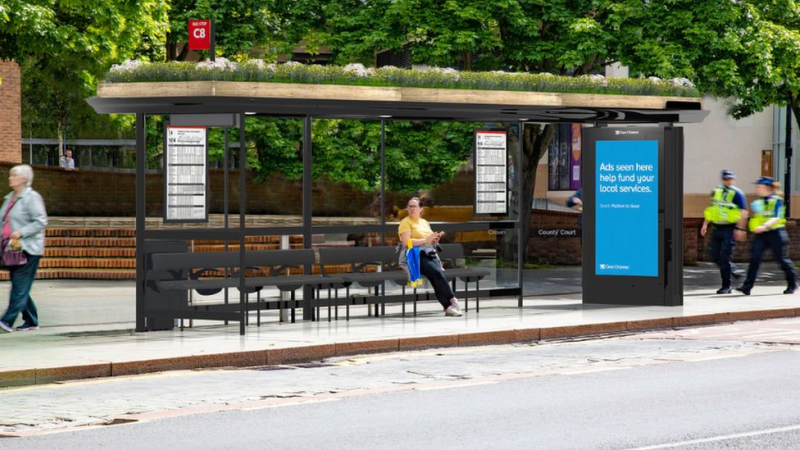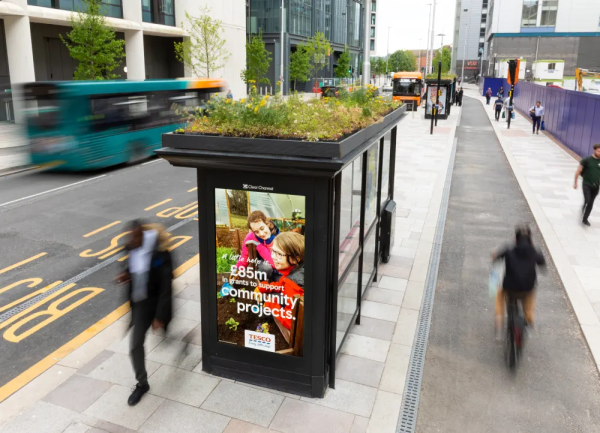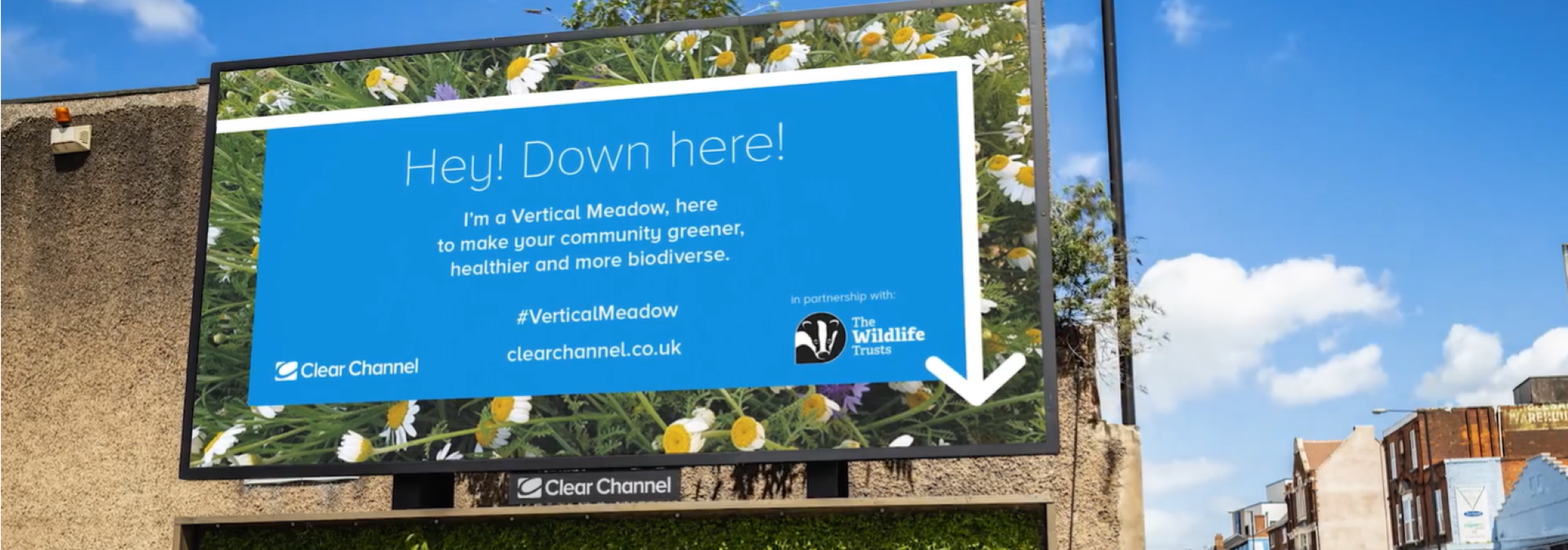How Out-of-Home Advertising is Getting Greener
Out-of-Home (OOH) advertising is a big part of our daily environment across our towns and cities with posters at bus stops, billboards on main roads, and screens within shopping centres, rail stations and city centres. As the focus on sustainability grows across industries, OOH is quietly evolving in the background. The good news? A lot’s already happening to reduce the environmental impact of an outdoor campaign, with more sustainable methods across both digital and static methods.

Traditional Posters, Done Better
“Paper and paste” might sound old-school, but these formats are still widely used. The difference now is in how they’re produced and managed. Media owners are switching to recycled or recyclable materials, helping to reduce waste and use sustainable productions.
Installing posters is becoming greener. The fleets which distribute and carry the posters are increasingly electric, meaning less pollution.
Digital Sites and Energy Use
Digital screens are a growing part of the mix, but they come with higher energy needs. To address that, companies across the sector are investing in renewable energy, using increasingly efficient LED displays, and building screens which are flexible within their power output.
It’s not just about using cleaner energy—it’s also about using energy more efficiently.

New Formats: Blending Green with Design
There are some clever new ideas out there too. One example is the D48 “Vertical Meadow”, with 30 across the country, including one local to us in Huddersfield, a billboard format that includes live plants in the structure. It adds greenery to the streetscape and supports biodiversity, while still doing the job of a traditional poster.
Similarly, increasing numbers of bus shelters are being fitted with green roof, planted with wildflowers and sedum, offering habitats for bees and insects while improving how these everyday structures look and function.
Campaigns themselves are starting to utilise these unusual poster sites. Herbal Essences, for instance, ran a campaign using interactive billboards filled with real plants and scent dispensers. It made the brand’s eco-focus tangible without relying on words alone.

Where It’s Headed
Sustainability in OOH is a work in progress, but it’s already having an impact. From materials and transport to energy and design, the shift is happening across the board.
With increasing numbers of businesses and organisations concerned about their environmental impact, with these developments across the Out-of-Home landscape, marketing campaigns can increasingly fit into a sustainable vision.
The real strength of OOH has always been its visibility—and now that’s being matched with more thoughtful, sustainable practices that aim to fit better into the places where we live and move.

